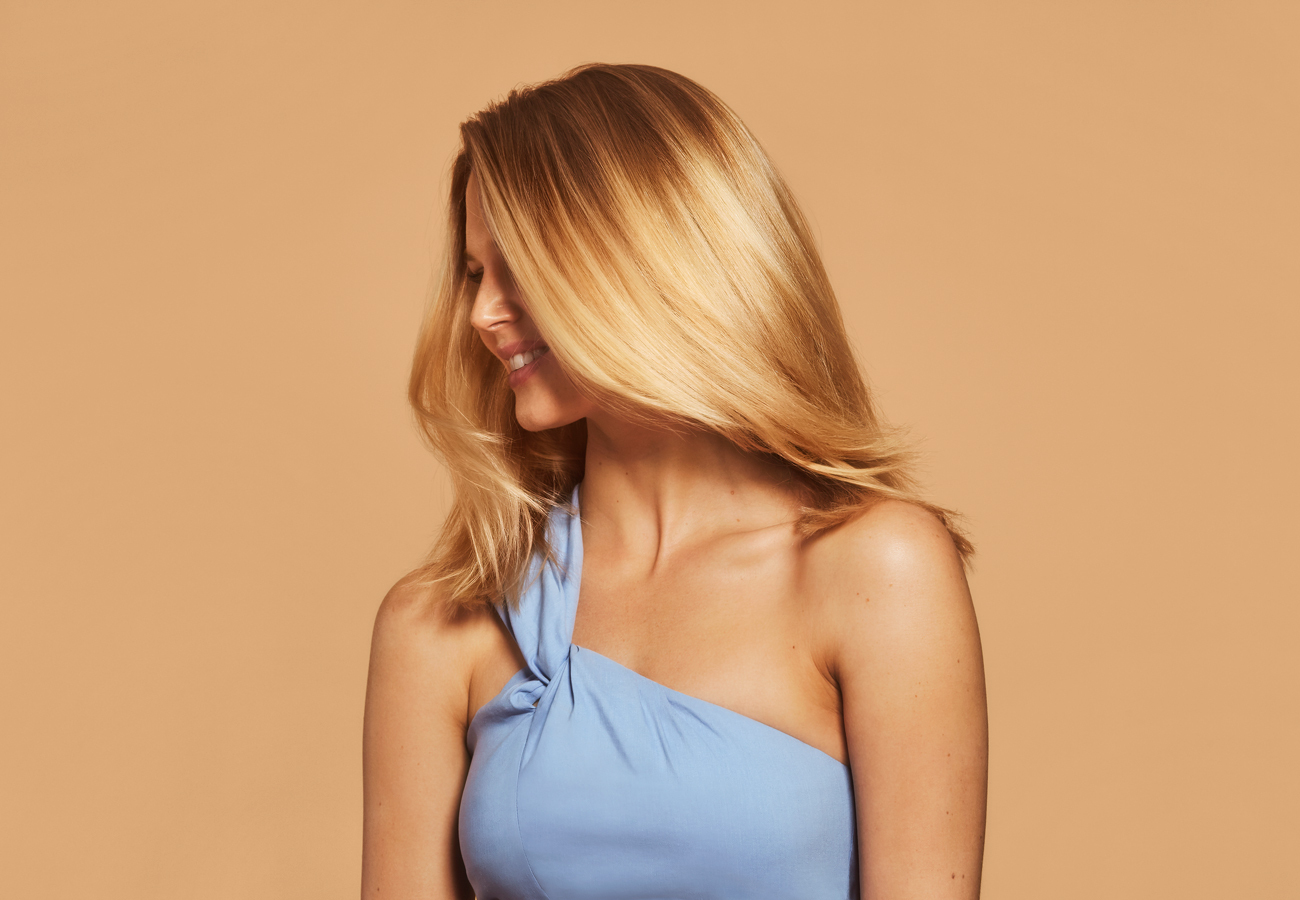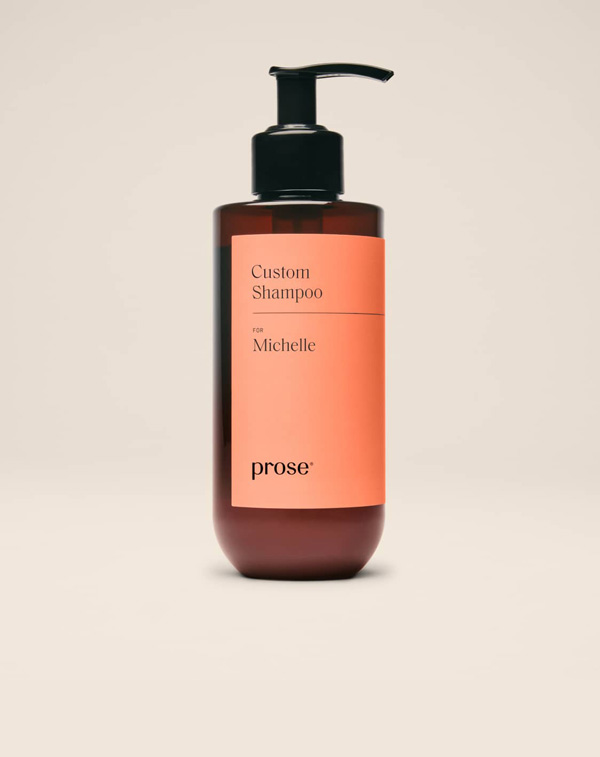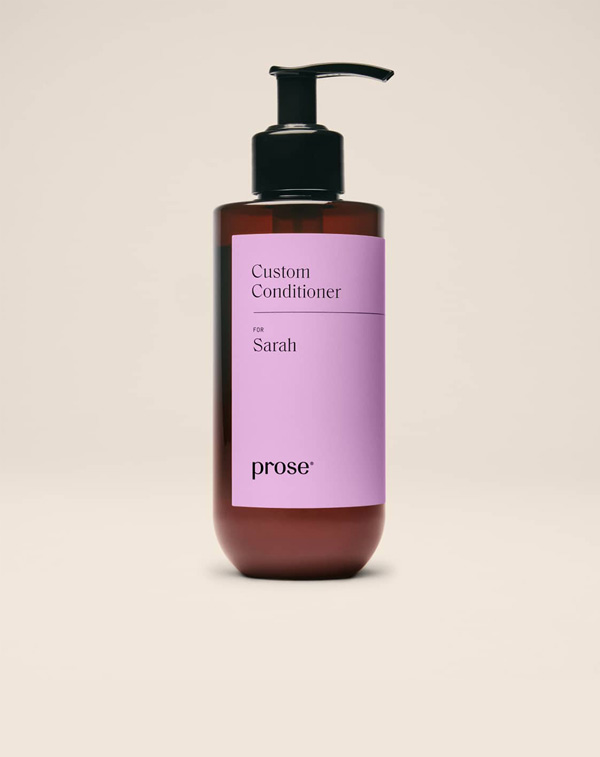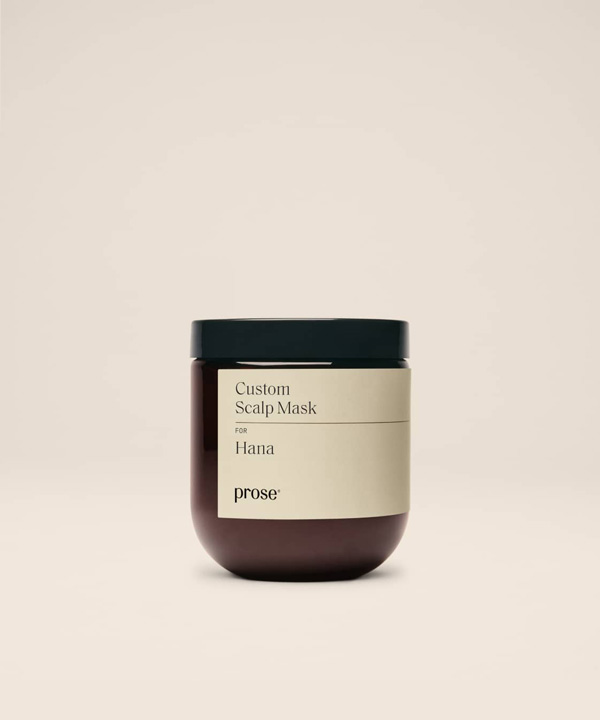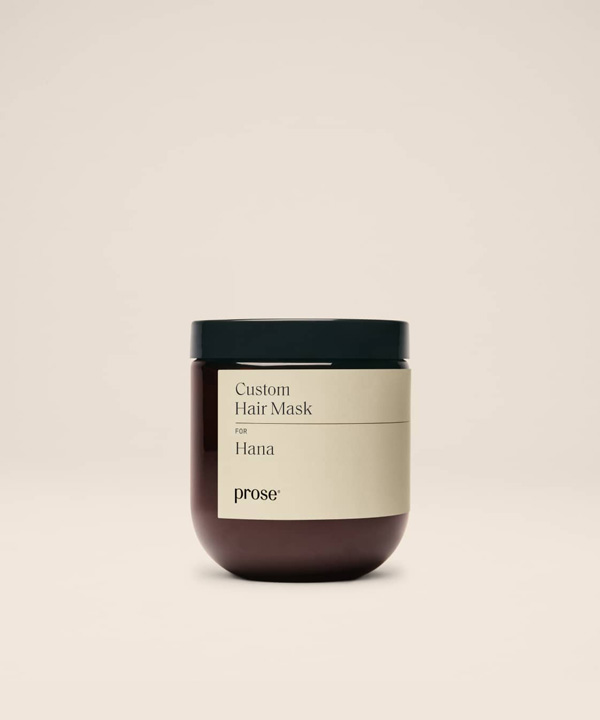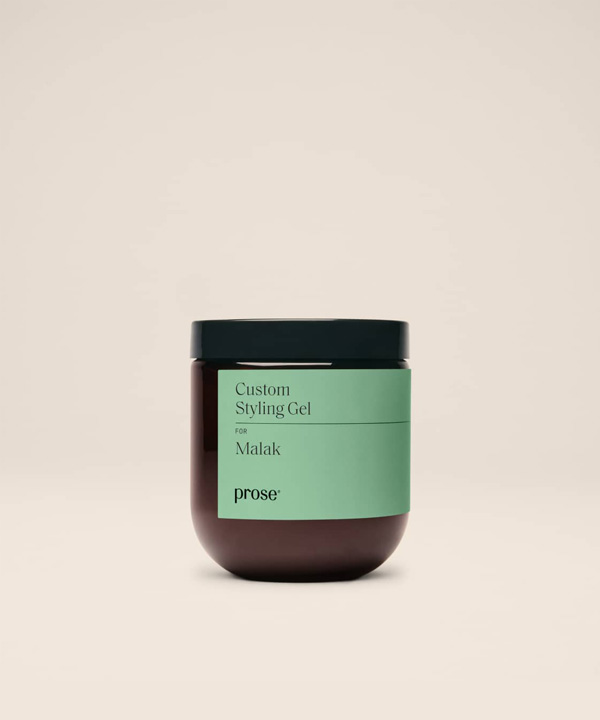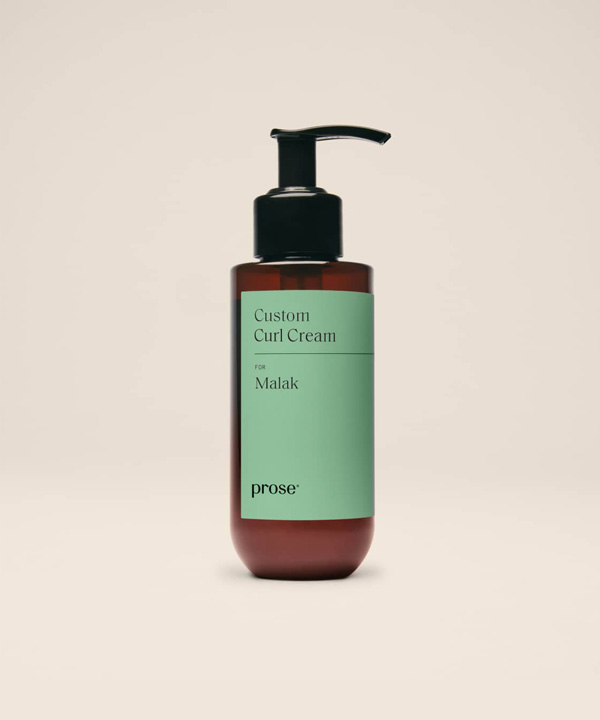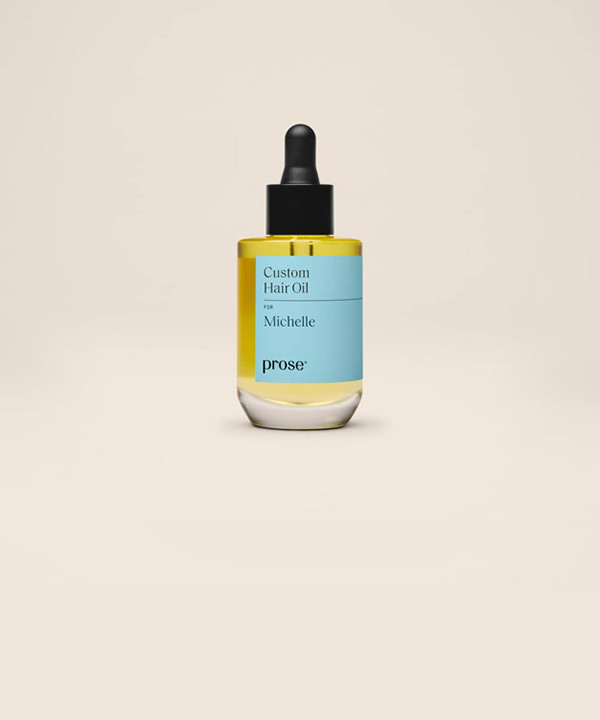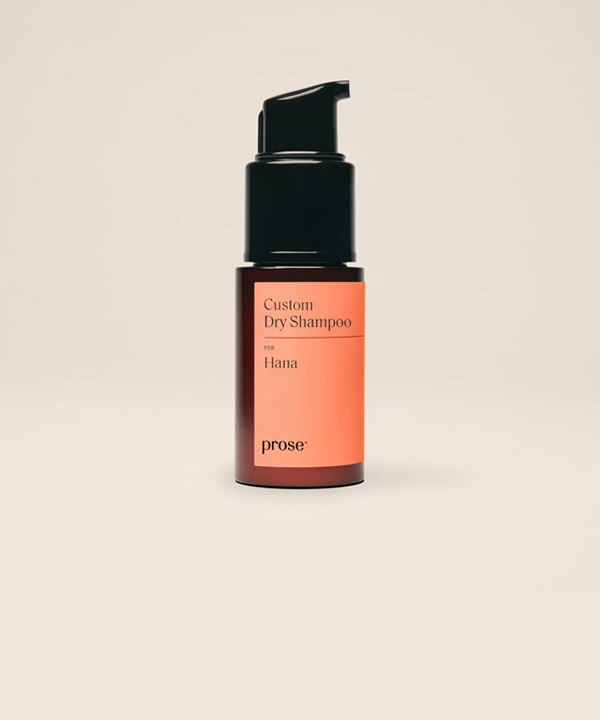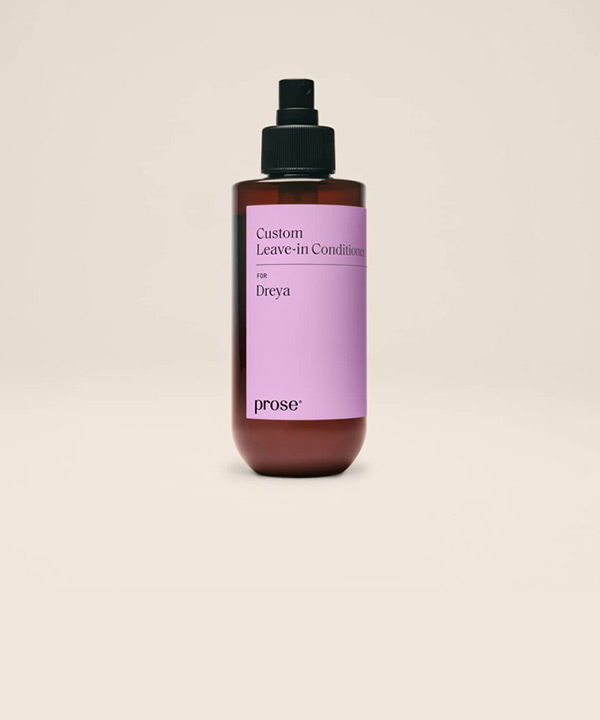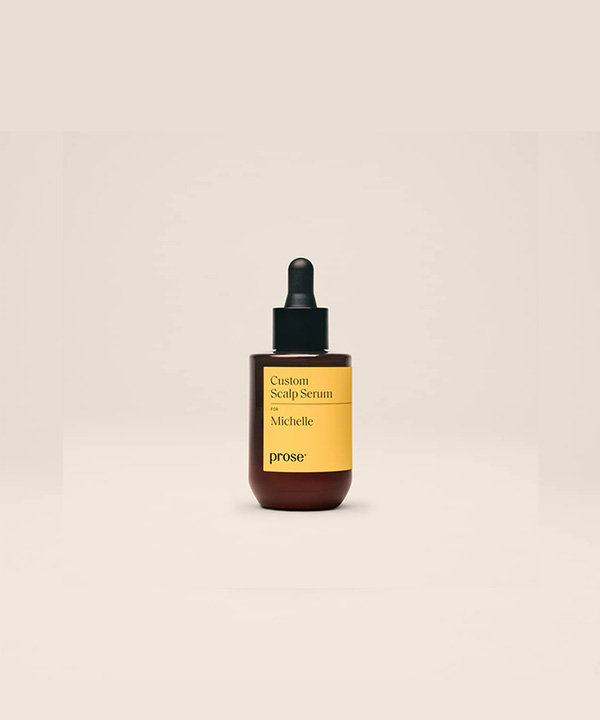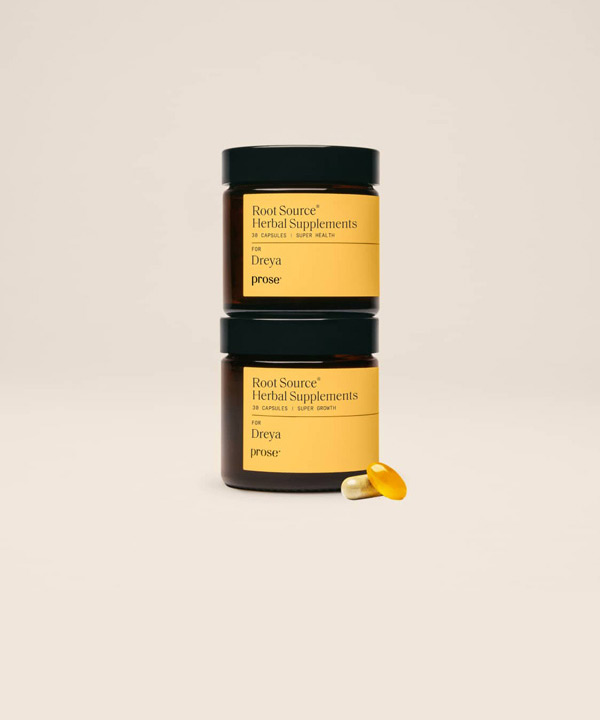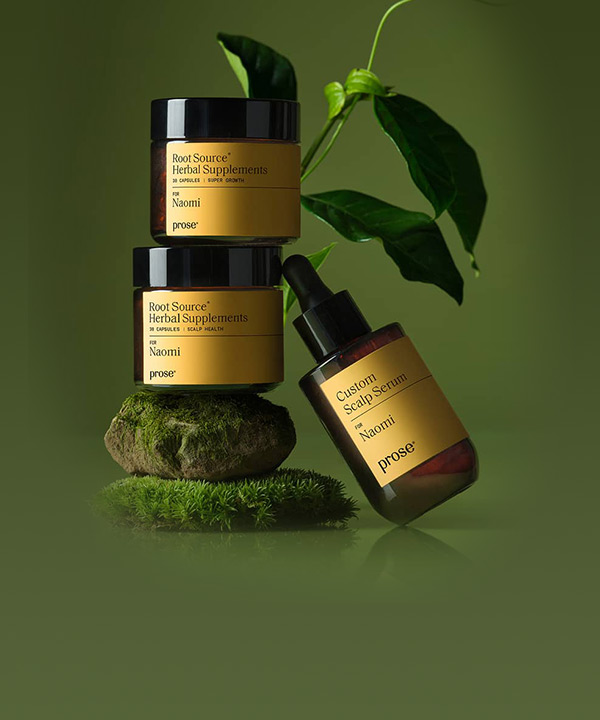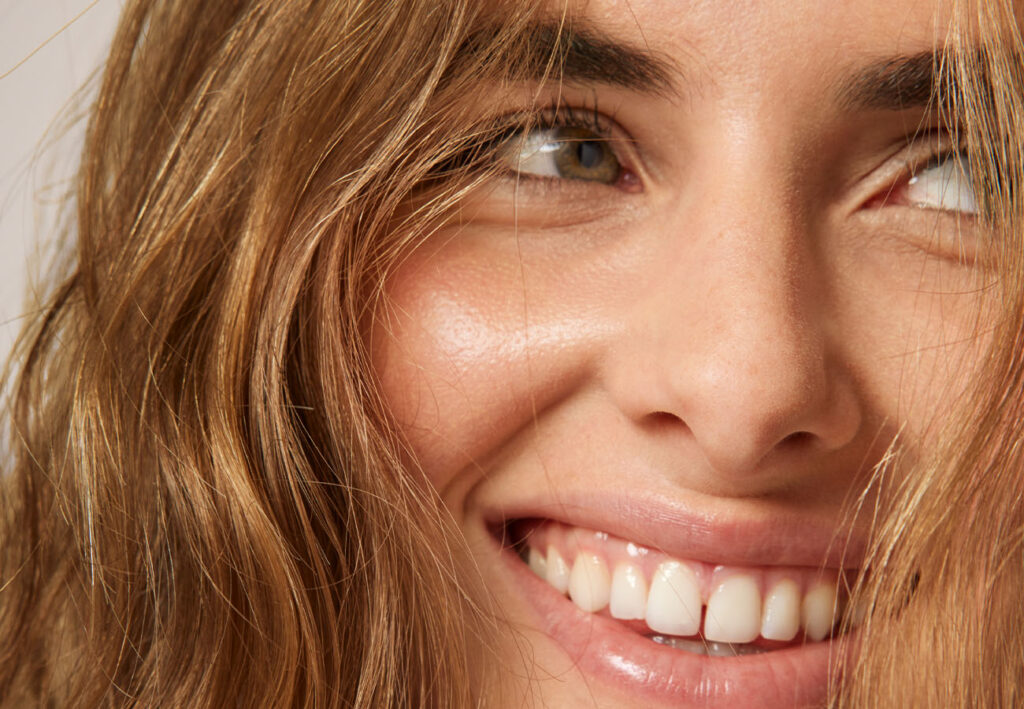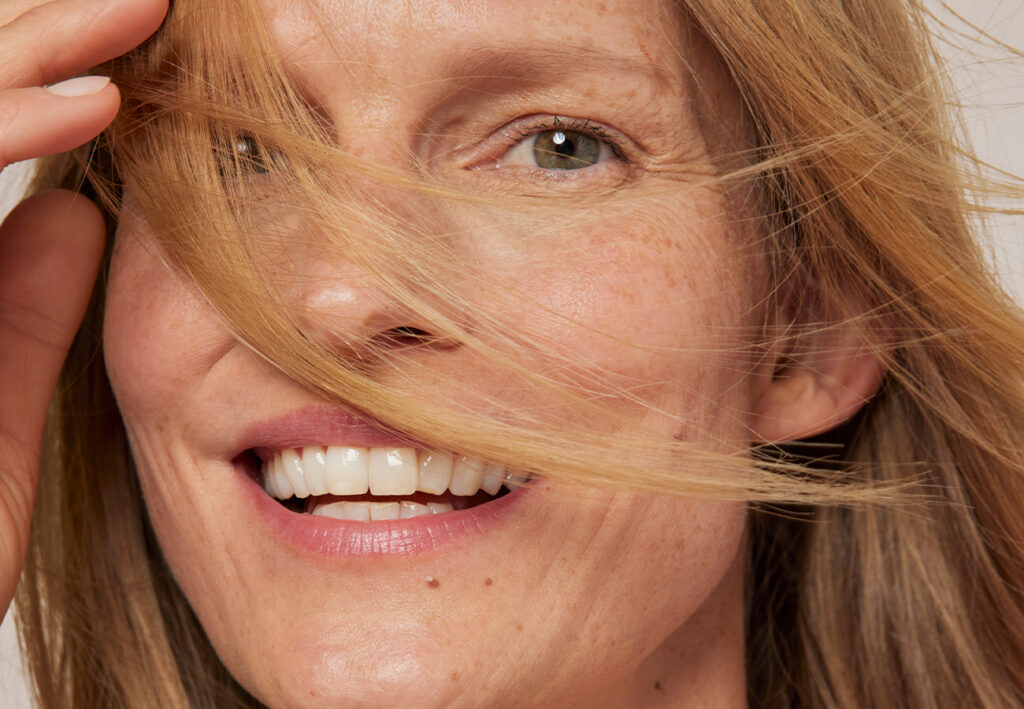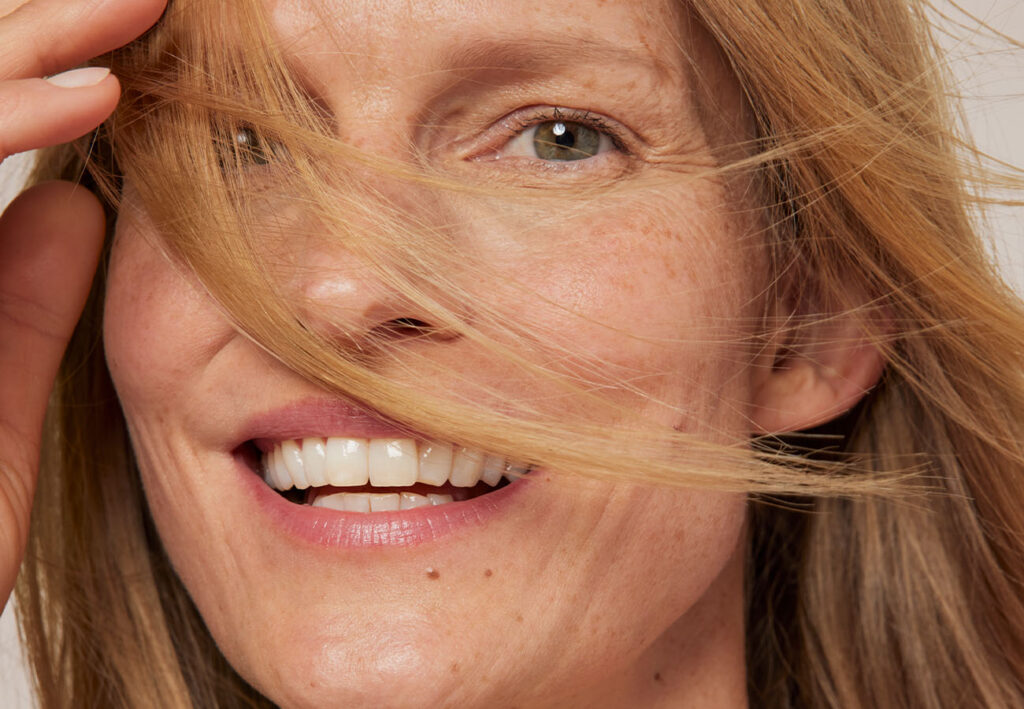What Is Balayage?
Balayage is a type of hair coloring technique that gives the hair flattering, natural-looking depth. Its name comes from the French verb “balayer,” meaning to brush or sweep. The term describes the method used by stylists to sweep lightener or dye through the hair by hand. You can opt for full-head balayage lightening or ask your stylist for a partial balayage around the face to highlight your features.
One of the reasons balayage is so popular is that it offers plenty of customization options. Hand painting the colored sections of hair instead of using foils allows stylists to create a range of effects using colors that flatter your skin tone. Typically, balayage incorporates colors that blend with your natural hair color to create a look that’s sun-kissed instead of dramatic.
Balayage is generally applied starting from the mid-shaft, giving a flattering grown-out effect that lightens the hair without looking stripy. Leaving the roots natural means that you can leave longer gaps between treatments without a stark contrast between your roots and the rest of your hair.
Types of Balayage
- Ombre balayage
- Sombre balayage
- Partial balayage
- Reverse balayage
- Soft balayage
- Californian Balayage
Benefits of Balayage
- Low Maintenance: Balayage requires fewer salon visits for touch-ups compared to traditional highlighting techniques, thanks to its soft, natural blend towards the roots.
- Natural and Soft Regrowth: Balayage allows for dye to grow out naturally without harsh lines, minimizing noticeable regrowth lines and providing longer-lasting results.
- Soft Look: It preserves the base color while blending natural roots, resulting in a soft, sun-kissed appearance.
- Customizable: Balayage can be tailored to suit individual preferences and hair types, offering various styles like partial, face-framing, or reverse balayage.
- Versatile: It complements different hair colors and lengths, enhancing natural textures and adding dimension.
Possible Disadvantages of Balayage
- Expensive: Balayage can be costly, especially when done by a professional to achieve the best results.
- Time-Consuming: The balayage process is time-intensive, requiring more time in the salon chair compared to traditional highlighting techniques.
- Potential for Damage: Bleached hair, common with balayage, is prone to dry, split ends. Regular hair treatments are necessary to maintain hair health.
- Skill-Dependent: Achieving the desired look with balayage highly depends on the stylist’s expertise. Poor execution can result in an unsatisfactory appearance.
- Limited Color Options: Balayage may offer fewer color choices compared to other highlighting techniques, which might not suit everyone’s preferences.
What Are Highlights?
Highlights are a more common technique used for lightening distinct hair sections and adding depth and dimension to the hair. Stylists use a pick to section out the strands and apply a lightener from root to tip, wrapping the treated sections in foil while the color develops.
Highlights create a structured lightening effect and a more dramatic contrast between the colored sections and your natural hair color. Therefore, regrowth looks more pronounced, and you’ll need regular touch-ups to keep your color looking fresh and cover dark roots.
Babylights are an alternative to traditional highlights that recreate the natural dimensions of children’s hair. They produce a more subtle, sun-kissed effect than regular highlights and are ideal for framing the face.
You could also consider adding lowlights to highlighted hair to create greater color depth. This technique involves adding precise slices of color that are similar to or darker than your natural hair. Unlike highlights, stylists use dye instead of lighteners to apply lowlights.
Types of Highlights
- Partial highlights
- Full highlights
- Babylights
- Lowlights
- Dimensional highlights
Advantages of Highlights
- Adds Dimension and Depth: Highlights add depth and dimension to hair, creating a more dynamic and textured look.
- Enhances Natural Hair: They enhance the natural color of your hair, adding subtle variations that can make your hair look fuller and more vibrant.
- Healthier for Hair: Since highlights only affect small sections of hair, they are generally less damaging than dyeing your entire head.
- Customizable: Highlights can be tailored to suit individual preferences and hair types, offering a wide range of styles from subtle to bold.
- Brightens Complexion: Well-placed highlights can brighten your complexion, giving your skin a healthier, more youthful glow.
- Versatility: Highlights are versatile and can be adapted for various hair colors and lengths, making them suitable for anyone looking to change their look without a dramatic overhaul.
Drawbacks of Highlights
- Frequent Upkeep: To keep highlights looking fresh, regular touch-ups are necessary, which can be time-consuming and costly.
- Potential for Extensive Damage: For those with already damaged hair, repeated lightening through highlights can exacerbate the problem, making it worse.
- Subtle Results: While highlights can be a good option for a subtle change, they might not provide the dramatic transformation some people seek.
- Hair Texture Changes: Highlights can alter the natural texture of your hair, potentially making it rougher.
Always made to order. Never made to waste.
Exclusive Trial Offer Get 60% Off + Free Gift
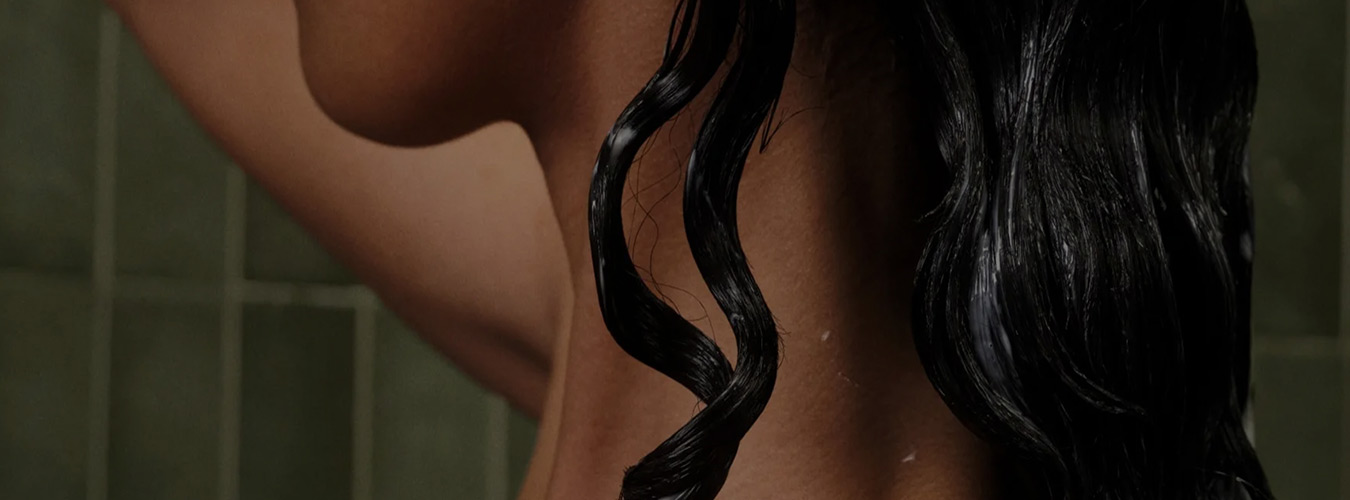
Difference Between Balayage and Highlights
Balayage and highlights have a lot in common — after all, they’re both ways of lightening the hair to achieve depth of color. However, balayage typically produces a more natural, beachy effect, while highlights are more structured.
The key differences between balayage vs. highlights come down to the application technique. Balayage is now recognized as an application technique, whereas highlights use a sectioning method. This means you can section your hair for highlights and then apply color using the balayage technique.
Balayage looks more sun-kissed because stylists tend to use a color just a couple of shades lighter than your natural tone and brush it on in unstructured sections. Meanwhile, applying highlights precisely using foils creates a structured pattern and a more noticeable difference between colored and uncolored sections.
Changing up the application method also makes a difference to your maintenance routine. Balayage is usually easier to maintain than highlights because the stylist applies the color from mid-shaft. They also apply more color to the ends of the hair to create lighter tips, allowing you to go as long as you like between touch-ups.
However, you’ll need to refresh your highlights more regularly than balayage to avoid obvious roots. That’s because applying color to the entire hair shaft creates a greater regrowth contrast than the seamless effect of balayage.
Balayage vs. Highlights: Which Is Right for Me?
It’s worth considering the look you want to achieve and how much you’re prepared to maintain your hair color when you’re weighing up balayage vs. highlights. If you’re looking for a dramatic color change and like a more structured look, highlights could be the way to go. Meanwhile, balayage creates natural-looking, sun-kissed locks.
Highlights can be a good option if you’re prepared (and can afford) to have your color touched up every couple of months at least. However, balayage may be the best choice if you prefer a low-maintenance look that allows you to skip a trip to the hair salon if you need to.
Your choice should reflect your unique style and fit effortlessly into your everyday life. A great hairstyle is all about confidence and how it makes you feel. No matter the style you select, embrace it wholeheartedly and see both your hair and your mood soar.
Balayage vs Highlights on Dark Hair
When choosing between balayage vs highlights on dark hair, your choice often depends on the level of contrast you want to achieve for your hair. If you’re looking for a softer transition, balayage typically offers a more subtle lift, resulting in rich, natural-looking tones. In contrast, traditional highlights will produce bolder, more noticeable results from root to tip. This route also requires a more skilled approach during applications to ensure that you can avoid brassiness that can easily occur with a darker starting point.
Caring for Your Balayage or Highlights
Whichever side you fall on the balayage vs. highlights debate, proper at-home haircare is essential to keep your color looking its best. Lightening your hair using balayage or traditional highlights is great for adding more dimension to your look, but it can also change the structure of the hair shaft. These changes can lead to dryness or hair breakage if you don’t care for your hair between treatments.
One of the best ways to care for your new hair color is to use moisturizing products designed with colored hair in mind. Leave-in Conditioners can give your hair an extra moisture boost and prevent snapped strands and dry, lackluster locks. It’s also worth treating your hair with a regular hair mask to restore lost moisture and repair any damage to the hair strands.
Everyone’s hair is unique, and customized haircare can help you find the right formula for keeping your locks strong, healthy, and beautiful. Taking the Prose hair consultation is a great way to choose the best products for your hair to create a natural, cruelty-free haircare routine, ensuring your decision – whether it was finally deciding on balayage vs highlights – is a success.

